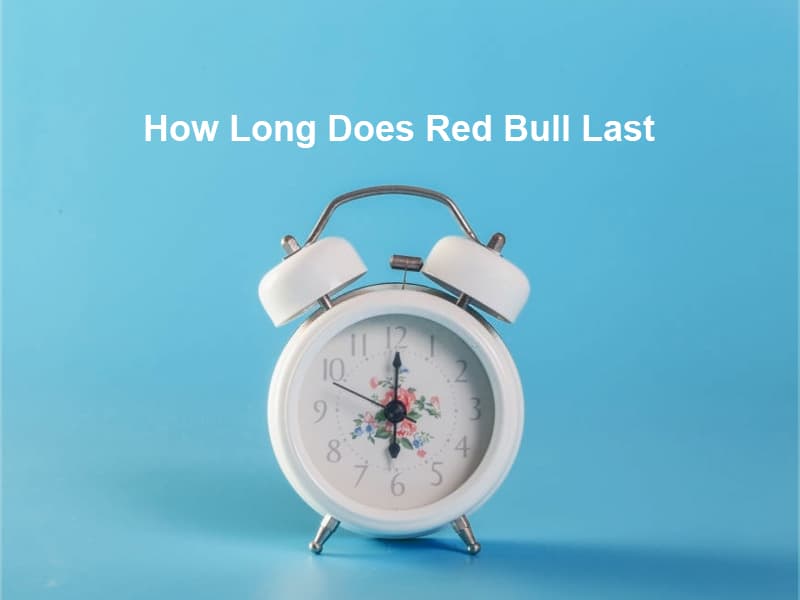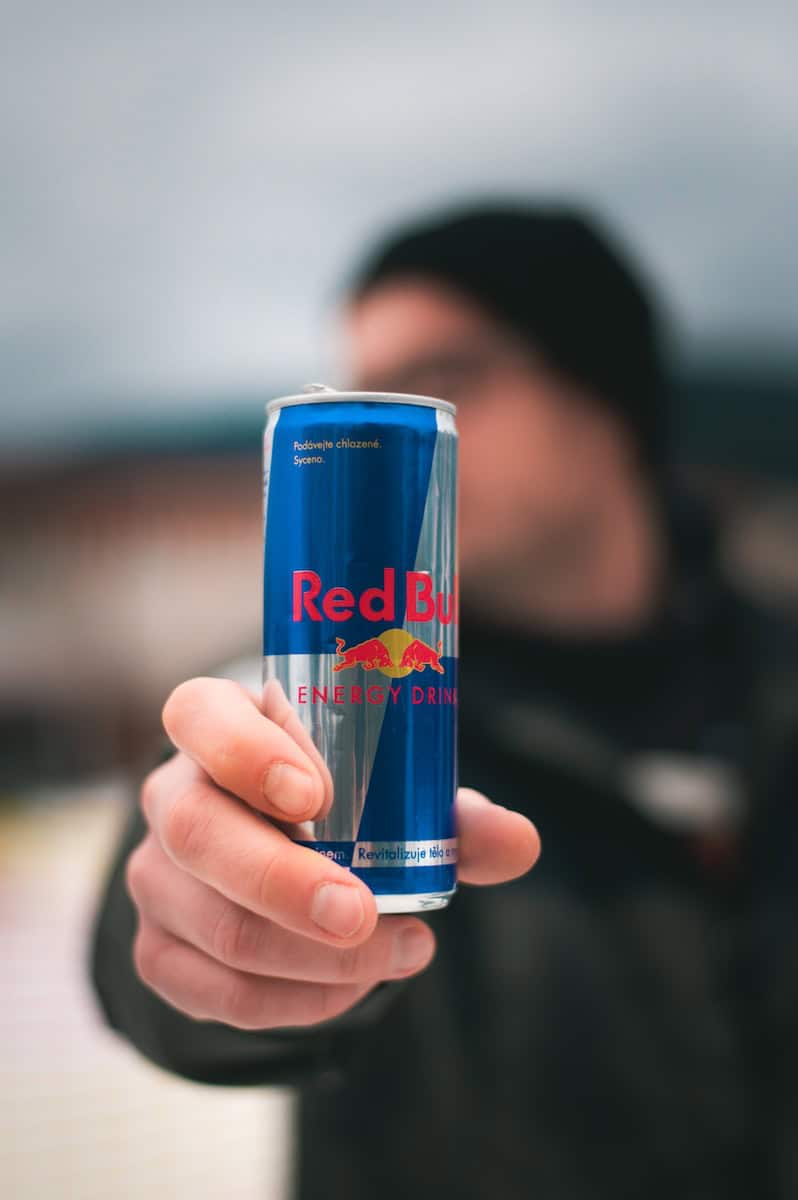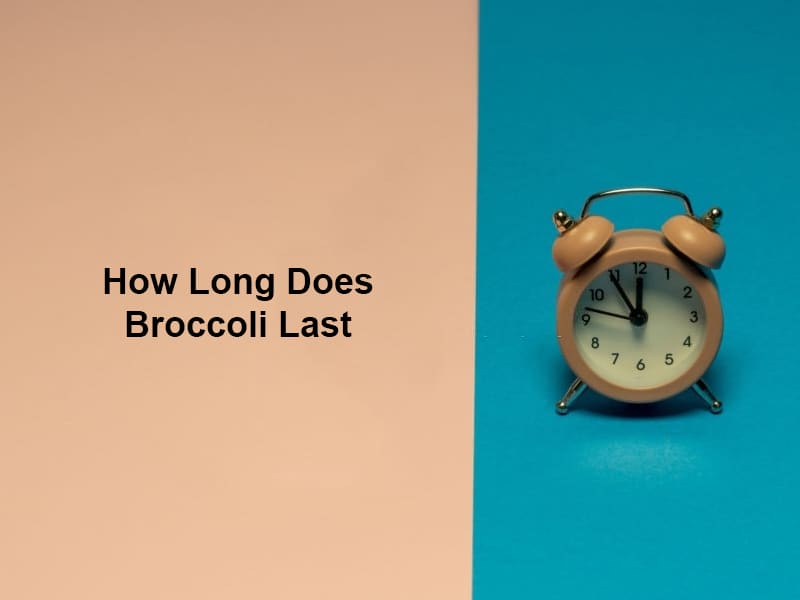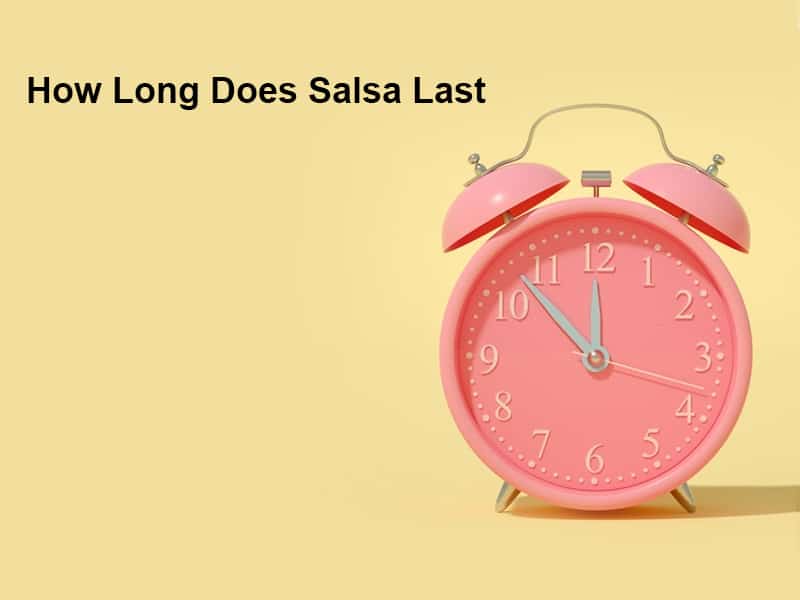Exact Answer: 4 days
Red bull is a popular energy drink in the world that is produced by an Austrian company known as Red Bull GmbH. The energy constitutes all the essential nutrients that our body requires some trace elements and minerals in it.
Most of the time, the drink is sold in a blue-silver can, which is taller than other canned drinks. Red bull comes in different flavors that you can choose the one you desire. It is a safe drink that you can drink provided it has not passed its expiry date. The drink has been approved by the European Food Safety Authority.

How Long Does a Red Bull Drink Last?
| Red Bull State | Lifespan |
| Opened (Refrigerator) | 4 days |
| Unopened (Refrigerator) | 24 months |
Since the red bull is an energy drink that is produced by a company, it has its expiry date, which after that, the drink is not fit for human consumption. It is a requirement by the law of the land that all companies producing canned food and drinks to state the expiry dates on the labels.
Red bull energy drink can last for 18 to 24 months after their manufacturing date without going bad. The drink will last this duration if it is left unopened. However, after the expiry date has reached, the drink can continue for other 6 to 9 months, and it is fit for consumption.

The other question is, how long does a red bull drink last after it has been opened?
After opening the can, you should consume the drink within the first two days. Otherwise, after that, there will be a change of taste and sometimes color.
However, the drink can last up to four days without going bad after it has been opened. In conclusion, the typical shelf life of a red bull drink is two years from the day it was manufactured. If you store the drink properly, it can last even longer.
Why Does A Red Bull Drink Last This Long?
Once an energy drink is manufactured, the company ensures that the drink contains all the essential nutrients required by man but also ensures that the drink can last longer. How? By adding preservatives in the drink.
One of the commonly used preservatives is carbon IV oxide which hinders the growth of microorganisms in the drink. This is one way of ensuring the drink last longer.

Another method that is used is sterilizing the drink. Once the drink has been prepared, it is subjected to extremely high temperatures that will ensure that all the bacteria present in the drink have died. After that, the drink is cooled down to very low temperatures but does not turn into solid. It is then canned at this stage, and it is free from germs and other contaminants.
The can that is used to store the drink should not be a strong metal because the drink contains acid components. When the acid reacts with the metal, it leads to the production of hydrogen gas. Once hydrogen gas is produced, contaminates the drinks making it unfit for consumption.





















The use of preservatives and sterilization techniques in the production of Red Bull is highly fascinating. However, it does make me wonder about the long-term health implications of consuming such drinks and the impact on our bodies.
An interesting explanation of Red Bull’s longevity. However, it’s essential for consumers to be aware of the potential health risks associated with consuming drinks that require such stringent preservation methods. An informative article indeed.
The information provided about the preservation techniques used in Red Bull is enlightening. The extensive measures taken to extend the drink’s longevity raise thought-provoking questions about the trade-offs between safety and naturalness.
The impressive longevity of Red Bull is truly a feat of modern food technology. The careful combination of nutrients and preservatives ensures that the drink remains safe for a surprisingly long time.
While the preservation techniques are indeed impressive, one must question whether such long shelf lives are truly necessary for a beverage. The use of carbon IV oxide and sterilization raises concerns about the drink’s naturalness.
A captivating exploration of Red Bull’s preservation strategies. While the science behind its longevity is commendable, one can’t help but reflect on the trade-offs between safety and the inherent artificiality of such methods.
Fascinating insights into the preservation methods used in Red Bull production. It’s interesting to learn how the company ensures the safety and longevity of its product.
The methods used to maintain the longevity of Red Bull demonstrate the intricate science behind food preservation. However, the reliance on sterilization and preservatives may give rise to concerns about the drink’s nutritional value.
I appreciate the insights into the preservation methods used in Red Bull production. It’s vital for consumers to understand the science behind the drink’s longevity and the safety measures taken by the company.
The science behind Red Bull’s longevity is quite intriguing. Nevertheless, the drastic temperature changes and preservatives used to extend its shelf life make me question the overall benefits of consuming such a product.